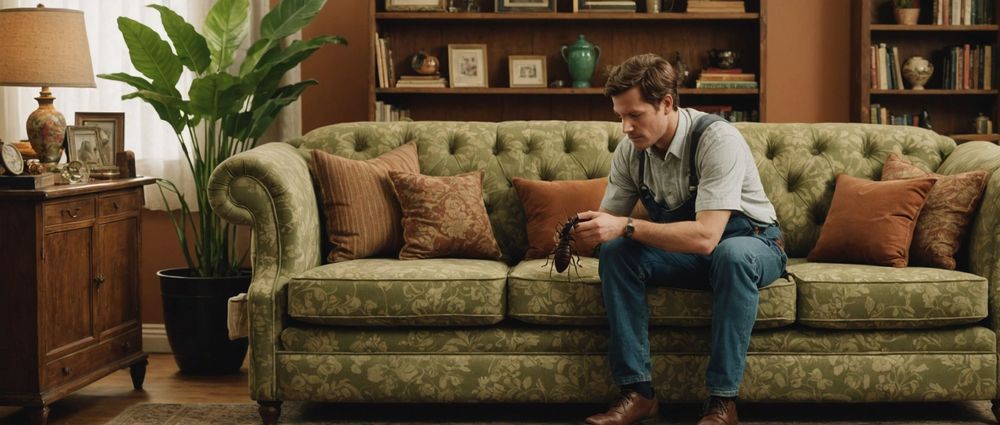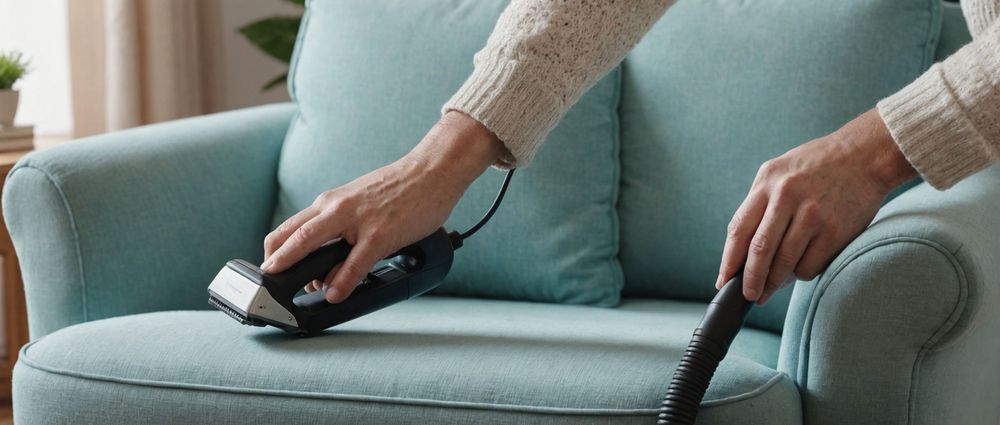Purchasing secondhand furniture can be a cost-effective and environmentally friendly option, but it also comes with potential risks, including the threat of bed bugs. Bed bugs are notorious for hitching rides on used furniture, which can lead to infestations in your home. In this article, we will explore five essential tips for avoiding bed bugs when buying and using secondhand furniture, ensuring your home remains a safe and comfortable haven.
1. Inspect Before You Buy

Before you bring any secondhand furniture into your home, a thorough inspection is crucial. Bed bugs can hide in the tiniest crevices and dark spaces, making them easy to miss if you’re not careful. Here are some key areas to check:
- Seams and crevices in upholstery
- Underneath cushions and mattresses
- Inside drawers and on wood surfaces
- In the cracks of frames or legs
- All fabric areas, especially labels or tags
If you spot any signs of bed bugs, such as tiny dark spots (fecal matter), shed skins, or even live bugs, it’s best to walk away from the purchase. Taking time to thoroughly inspect furniture can save you a headache later on.
2. Research the Source

Where you buy your secondhand furniture matters. Research the store, marketplace, or individual seller to gain insights into their reputation. If buying from a thrift shop or a flea market, consider the following:
- Ask about their pest control practices.
- Look for reviews or testimonials that mention cleanliness.
- Understand their return policy if pests are discovered.
For online purchases, check seller ratings and comments. If the source seems unreliable or if there are mentions of pest issues, it’s prudent to avoid the item altogether. Knowledge is key to ensuring a good furniture-buying experience.
3. Clean and Treat Before Bringing It Home
Once you’ve purchased secondhand furniture, the next step is a deep cleaning before bringing it into your home. This can eliminate any hidden pests. Here’s what you can do:
- Vacuum the entire piece of furniture thoroughly, focusing on seams and crevices.
- Use a steam cleaner to treat upholstery, as the high temperature can kill bed bugs.
- Consider using bed bug sprays specifically made for furniture.
Cleaning not only removes dirt but also discourages any unwanted residents from moving in with you. After cleaning, store the furniture in a sealed plastic bag or cover it in a protective sheet to prevent exposure until you’re ready to use it.
4. Keep Furniture Isolated Before Introduction
Before introducing secondhand furniture into your living space, it’s wise to keep it isolated for a period. This step allows for monitoring in a controlled environment. Here are some recommendations:
- Store the furniture in your garage, shed, or another separate area for at least a week.
- Check the isolated furniture regularly for any signs of bed bugs.
- Consider monitoring traps for added safety during this period.
This isolation phase not only gives you peace of mind but also ensures you’re not unknowingly inviting pests into your home. If any issues arise during this period, you can address them immediately.
5. Educate Yourself on Bed Bug Signs and Treatments
Knowledge is your best armor against bed bugs. Familiarizing yourself with the signs of a bed bug infestation can help you react quickly if you face an unfortunate incident. Learning the following can be beneficial:
- Identify the physical signs of bed bugs (e.g., bite marks on skin, tiny blood spots on sheets).
- Understand how to treat an infestation using both DIY methods and professional pest control services.
- Know what prevention techniques to use to lessen the chance of a resurgence.
The more informed you are, the better prepared you will be to deal with any potential issues, ensuring that your home remains comfortable and safe.
Conclusion
By following these five essential tips for avoiding bed bugs with secondhand furniture, you can enjoy the benefits of thriftiness without the worry of an infestation. Always remember to inspect carefully, choose reputable sources, clean thoroughly, isolate your finds, and educate yourself about bed bugs. These proactive measures go a long way in ensuring your furniture remains free from unwanted guests.
FAQs
1. How can I tell if my secondhand furniture has bed bugs?
Look for signs such as dark spots (fecal traces), live bugs, or shed skins in crevices and seams of the furniture. Also, check for bite marks on your skin after using the furniture.
2. What are the best methods to clean secondhand furniture?
Vacuum the furniture meticulously, use a steam cleaner on upholstery, and apply bed bug-specific sprays to eliminate any pests effectively.
3. Can bed bugs live in wood furniture?
Yes, bed bugs can reside in cracks or crevices of wooden furniture, though they tend to prefer fabric for hiding places. Always inspect thoroughly.
4. Is it safe to buy secondhand furniture from garage sales?
As long as you inspect carefully and research the seller’s practices, it can be safe. However, use caution to avoid potentially infested items.
5. How long should I isolate secondhand furniture before using it?
It’s advisable to isolate furniture for at least one week to monitor for any signs of pests before introducing it into your home.
